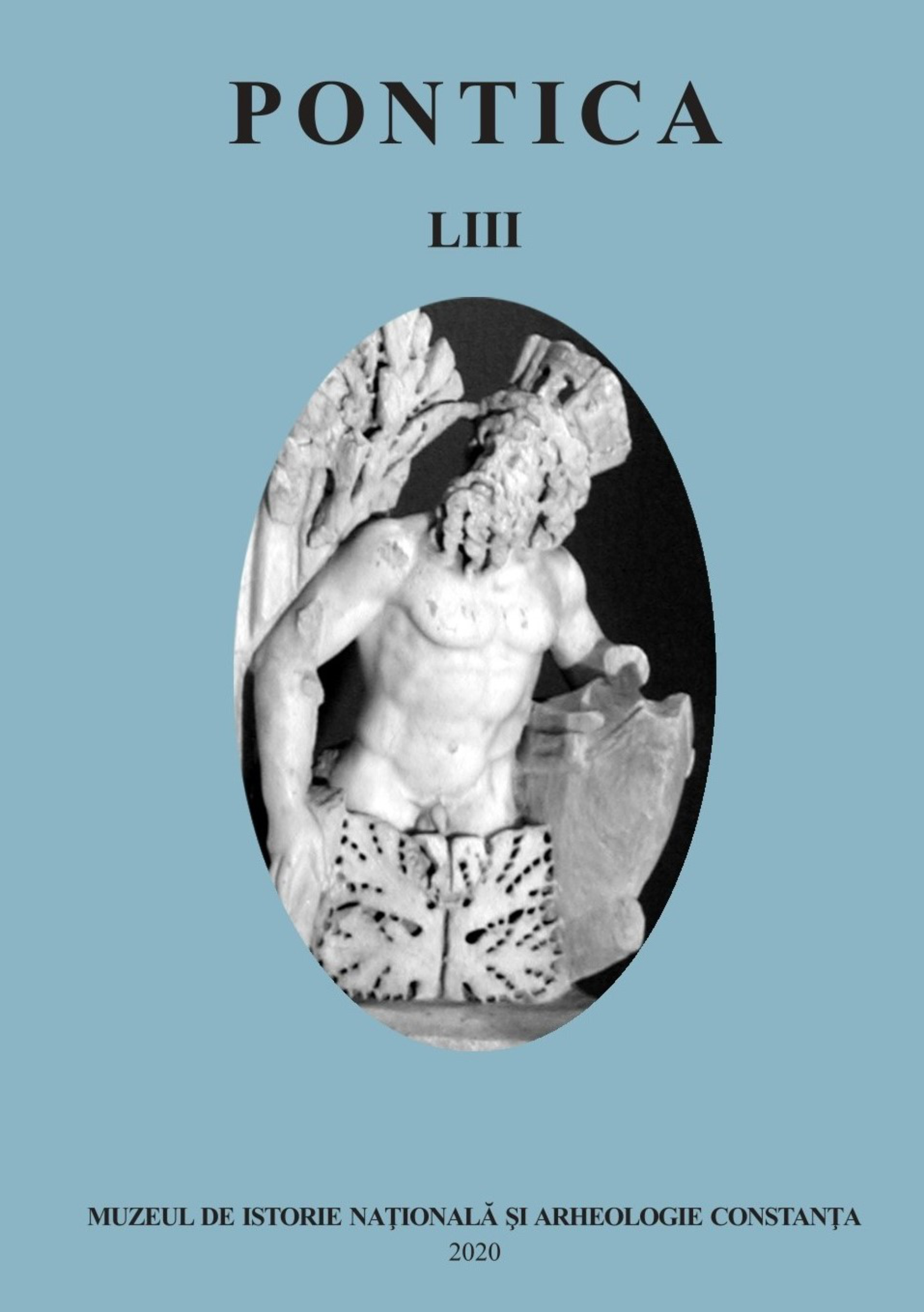Analize XRF asupra unor pigmenți identificați pe piese din lut ars din cultura Gumelnița descoperite pe teritoriul județului Dâmbovița
XRF Investigations of some Pigments Identified on Gumelnița Burned Clay Items Discovered on the Territory of Dâmbovița County
Author(s): Ana Ilie, Daniela Stan, Bogdan ConstantinescuSubject(s): History, Anthropology, Social Sciences, Archaeology, Local History / Microhistory, Ancient World
Published by: Muzeul de Istorie Națională și Arheologie Constanța
Keywords: X-ray fluorescence; pigment analysis; ceramic; anthropomorphic figurines; Gumelnița culture;
Summary/Abstract: The Kodjadermen-Gumelnița-Karanovo VI (K-G-K VI) culture is widely known by the splendid graphite ceramics, though red and white pigments were also in use for special recipients and figurines. Several pigments analysis have already been published for artifacts of the contemporaneous Cucuteni-Tripolie culture, well-known through its painted ceramic, while no such attempts have been made so far for the Gumelnița culture. The article presents the results of X-ray fluorescence (XRF) analysis on pigment samples collected from pottery items and anthropomorphic figurines from the Gumelnița sites of Geangoești, Moara din Groapă, and Corbii Mari (Dâmbovița County). The XRF analysis confirmed the use of iron-rich clay for the red pigment, and the use of two different, possibly local, sources for the white pigment in Geangoești and Moara din Groapă artifacts. The chemical composition of the black pigment sample of the anthropomorphic figurine from Geangoești indicated the use of chromite.
Journal: Pontica
- Issue Year: 2020
- Issue No: 53
- Page Range: 109-134
- Page Count: 26
- Language: Romanian

